World War II shaped a generation in countless ways, including many beloved stars of stage and screen. Behind the glamour of Hollywood, numerous celebrities traded scripts for rifles and movie sets for battlefields. These 13 famous faces didn’t just entertain us—they fought for freedom, witnessed horrors, and returned with experiences that transformed both their lives and performances forever.
1. Audie Murphy
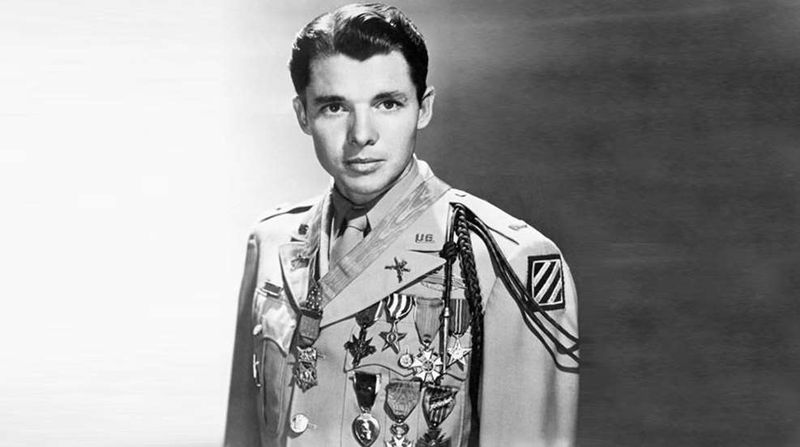
Standing just 5’5″ and weighing 110 pounds, this unassuming Texas farm boy became America’s most decorated combat soldier. Murphy’s battlefield heroics included single-handedly holding off six German tanks and waves of infantry while wounded and calling in artillery on his own position.
Haunted by combat nightmares, he slept with a loaded pistol under his pillow for years. The war never left Murphy, who battled PTSD decades before it had a name. His performance in ‘To Hell and Back’—playing himself—revealed the quiet torment of a hero who couldn’t escape his memories.
2. Clark Gable
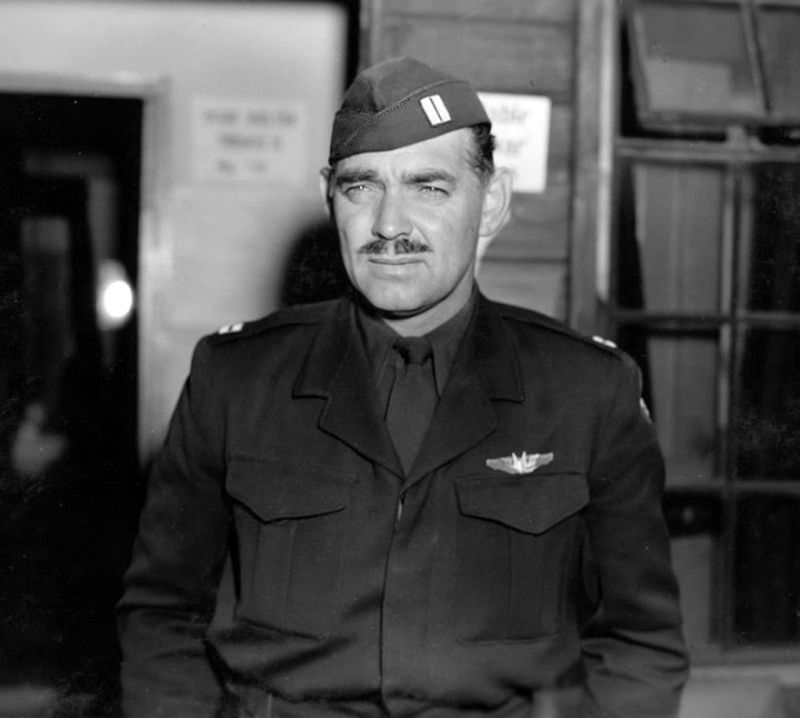
Grief-stricken after his beloved wife Carole Lombard died in a plane crash while selling war bonds, Gable shocked Hollywood by enlisting at 41. MGM studios fought to protect their star, but Gable insisted on dangerous combat duty, flying five bombing missions over Germany as a gunner.
Hitler allegedly offered a reward for Gable’s capture, knowing his propaganda value. When the star returned to filmmaking, colleagues noticed profound changes—his hair had grayed, deep lines marked his face, and the carefree charm that defined his pre-war persona had hardened into something more complex and wounded.
3. Jimmy Stewart
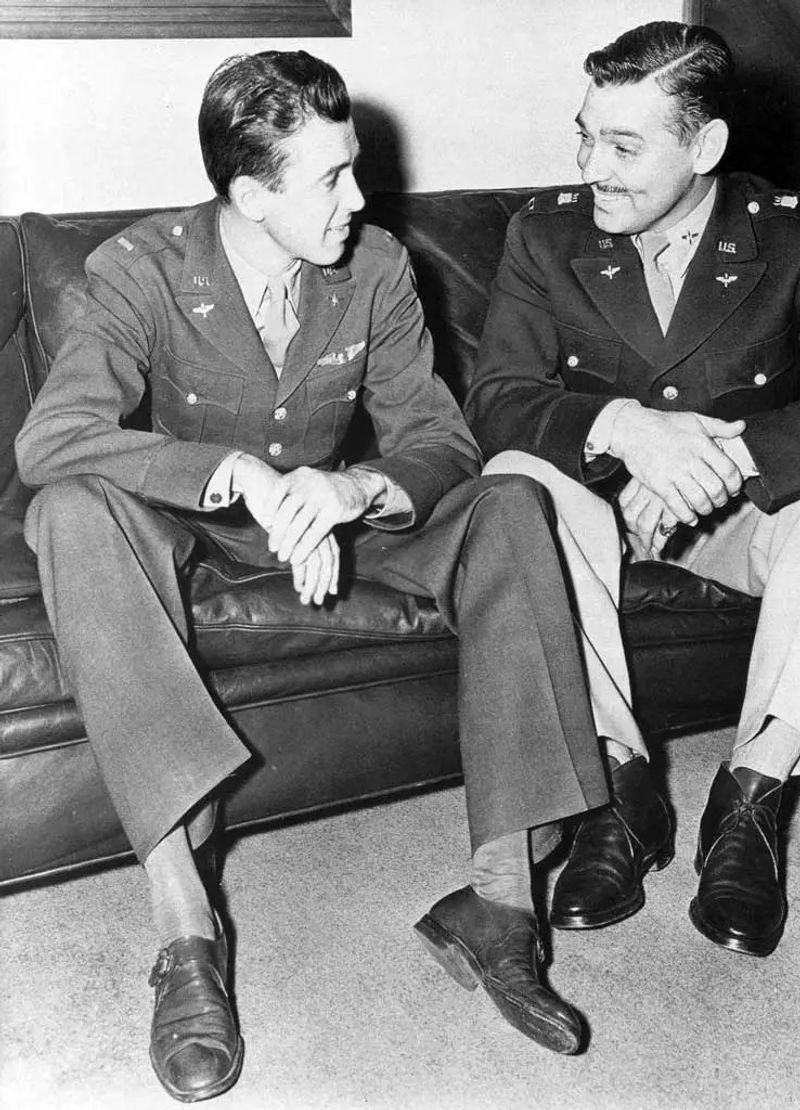
Before flying combat missions, Stewart was already a movie star—but war reshaped him entirely. Rising to Brigadier General, he piloted B-24 bombers on 20 harrowing missions over Nazi Germany, facing death daily while carrying the burden of commanding young men in battle.
The war etched permanent lines into Stewart’s youthful face. Audiences noticed a profound shift in his performances after 1945, particularly in ‘It’s a Wonderful Life,’ where his portrayal of George Bailey’s desperation carried authentic emotional weight that only someone who’d witnessed war could convey.
4. Lee Marvin
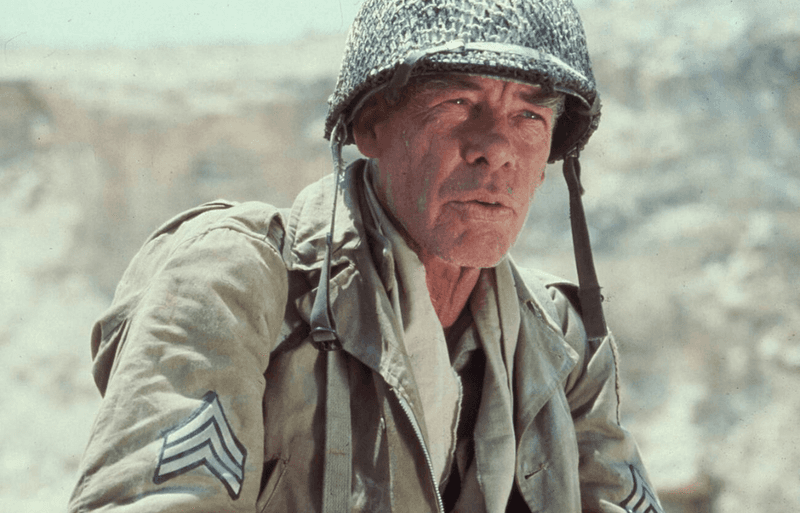
Before portraying tough guys on screen, Marvin lived it as a Marine in the Pacific. During the Battle of Saipan, machine gun fire severed his sciatic nerve, leaving him with a lifelong limp carefully disguised throughout his film career.
“I was a Marine who got shot,” Marvin once remarked with characteristic bluntness. “Nothing special about that.” But directors recognized something authentic in his intensity. His performances in war films like ‘The Dirty Dozen’ carried a raw edge that actors without combat experience couldn’t replicate—because Marvin wasn’t acting. He was remembering.
5. Tony Bennett
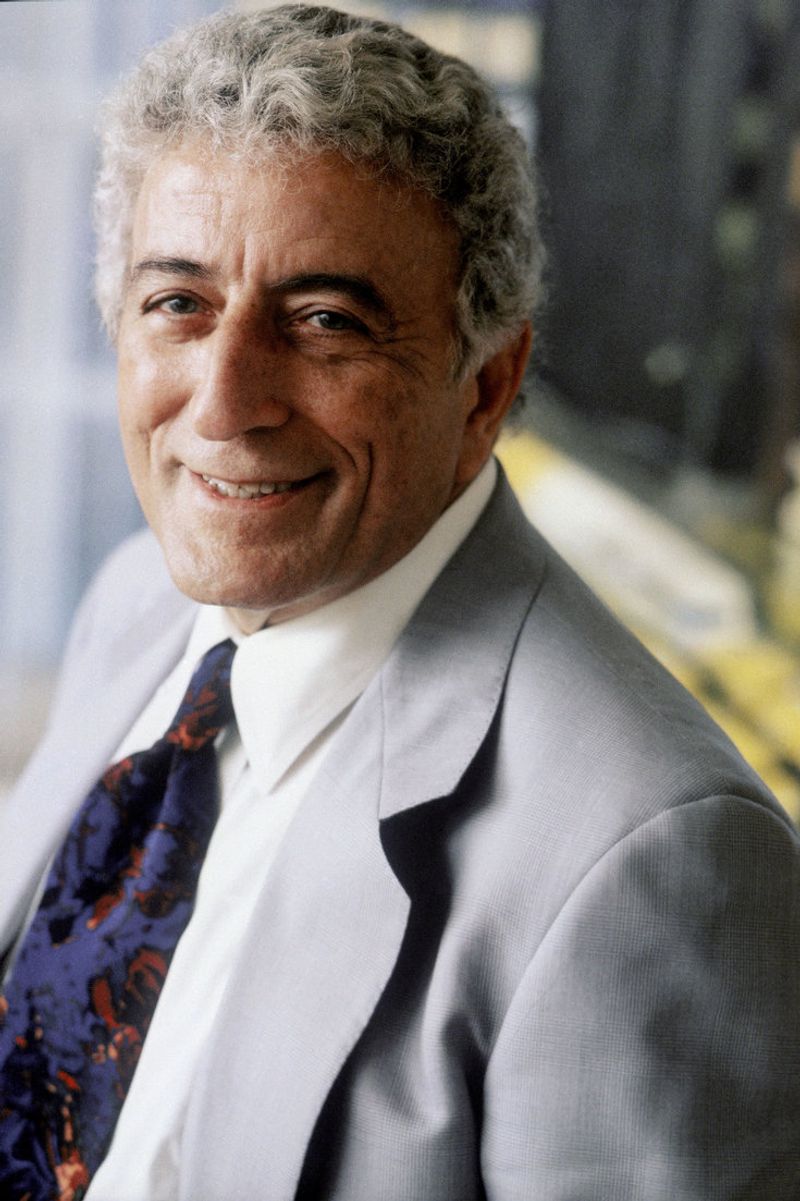
Long before crooning about leaving his heart in San Francisco, Anthony Dominick Benedetto was an infantry replacement fighting house-to-house in Germany. As a teenager, Bennett helped liberate a Nazi concentration camp—an experience that left him a lifelong pacifist.
“I saw dead children,” Bennett recalled decades later. “I can’t forget that.” The horrors he witnessed shaped his gentle philosophy and humanitarian work. While other singers merely entertained, Bennett’s music carried subtle undertones of a man who understood life’s fragility and beauty because he’d seen its worst moments firsthand.
6. Charles Durning
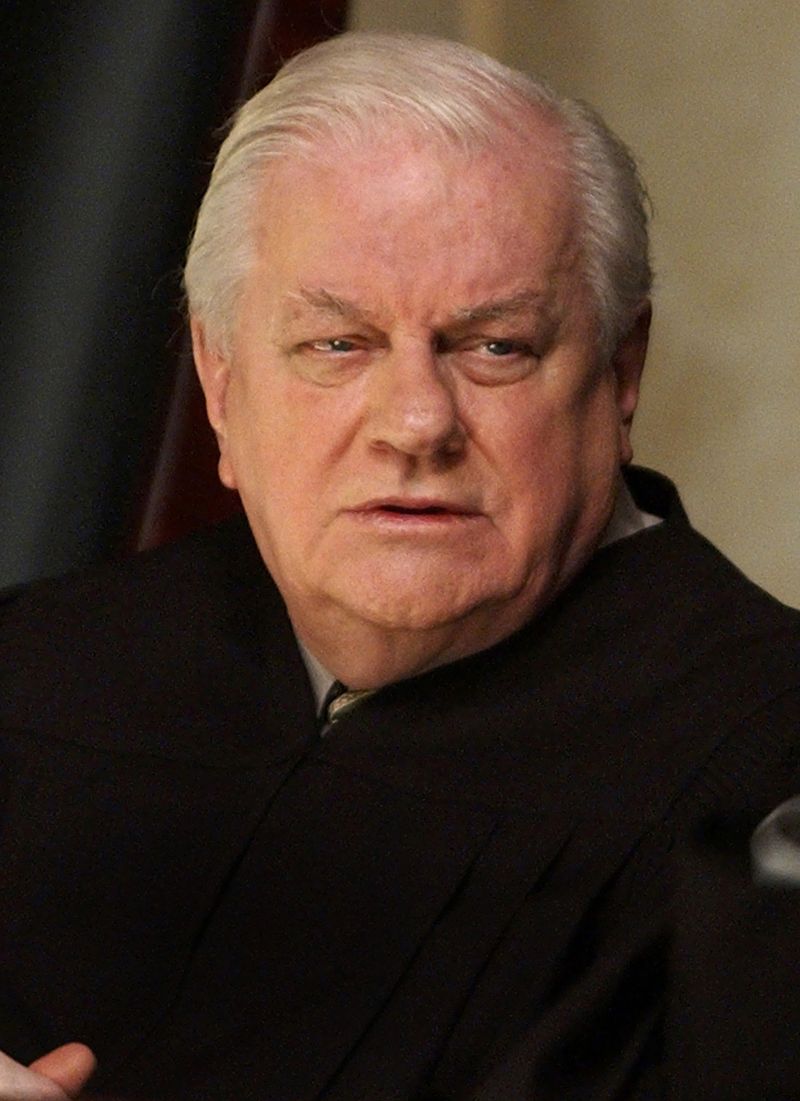
Few actors brought such authentic emotional depth to their roles, because few endured what Durning survived. Landing on Omaha Beach during the first wave of D-Day, he was one of only a handful from his unit to make it past the beach alive.
Later wounded by a German mine, Durning received three Purple Hearts and the Silver Star. For decades, he refused to discuss his war experiences. The trauma surfaced instead through his performances—particularly as the German colonel in ‘The Best Little Whorehouse in Texas,’ where his character’s military bearing came from painful personal knowledge.
7. James Arness
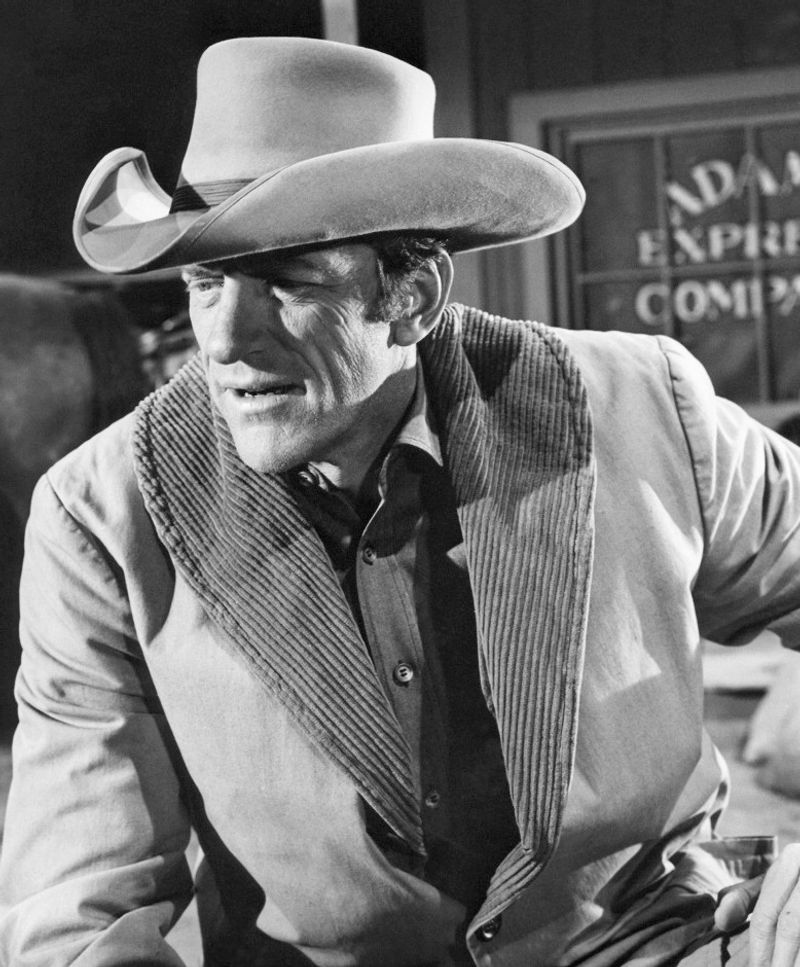
Standing 6’7″, Arness made an imposing infantryman—and an obvious target. During the brutal 1944 landing at Anzio, Italy, German machine gun fire shattered his right leg, nearly resulting in amputation. The wounds left him with chronic pain that plagued him throughout his 20-year run as Marshal Matt Dillon on ‘Gunsmoke.’
Viewers never knew that Arness’s distinctive walk—perfect for a Western lawman—actually resulted from his war injuries. Despite excruciating pain during long shooting days, he rarely complained. The stoicism viewers admired in Marshal Dillon wasn’t acting but a reflection of Arness’s real character, forged in combat.
8. Mel Brooks
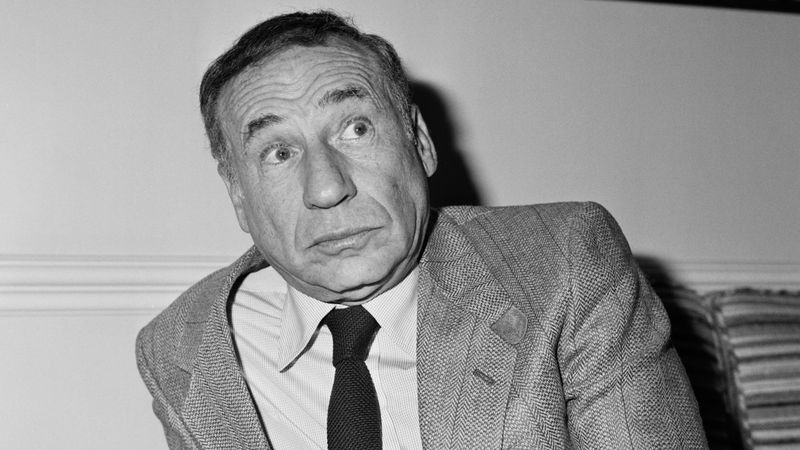
Before spoofing Hitler in ‘The Producers,’ Brooks faced real Nazis as a combat engineer in the Battle of the Bulge. His dangerous duties included disarming landmines and building bridges under enemy fire. Brooks even participated in counter-propaganda operations, using loudspeakers to broadcast false German orders to confuse enemy troops.
Being Jewish and serving in a war against Nazi Germany profoundly affected Brooks’s worldview. “The only real way I could get back at Hitler was to ridicule him,” he explained decades later. His seemingly outrageous Nazi humor in films came from a deeply personal place—a soldier who had seen evil firsthand and chose laughter as his weapon against it.
9. Burgess Meredith
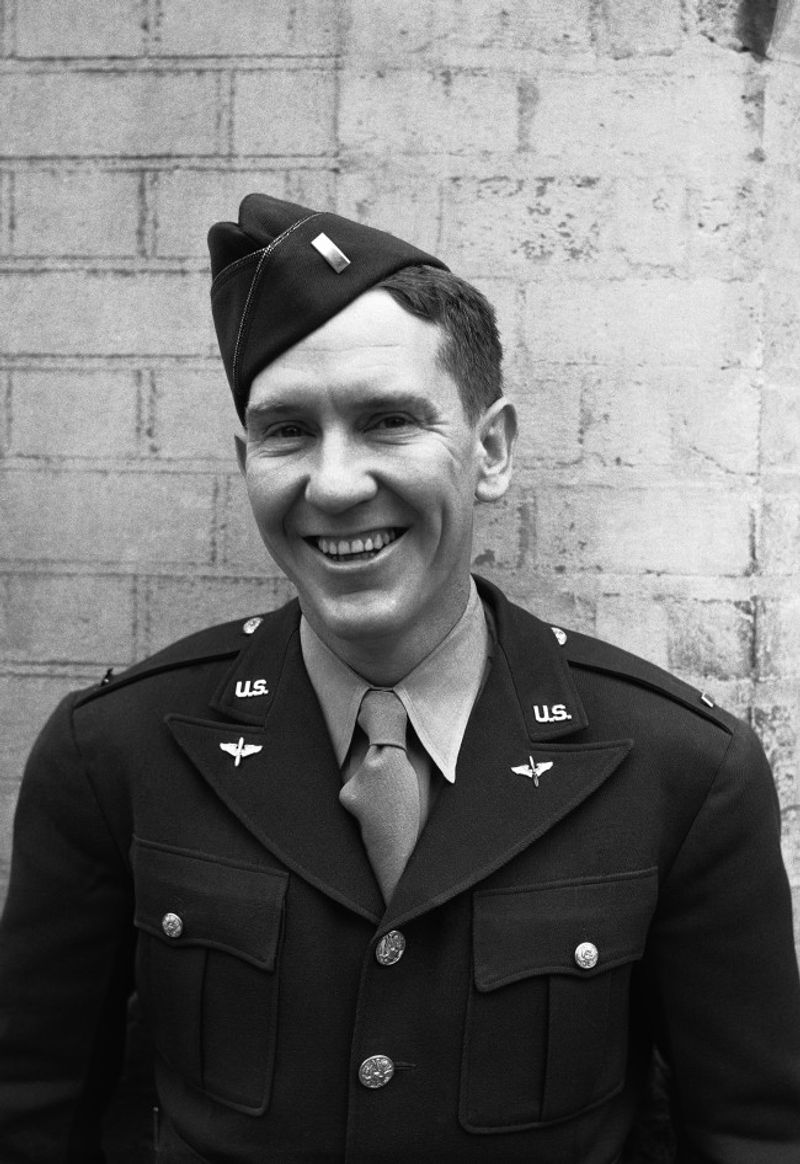
Already an established Broadway and film star, Meredith could have settled for entertaining troops. Instead, he joined the Army Air Forces, rising to captain while serving in England and Italy. His wartime propaganda work proved so effective that he earned a place on Hitler’s personal blacklist.
The war transformed Meredith’s acting approach. Audiences who knew him as the gruff trainer Mickey in ‘Rocky’ or the villainous Penguin in ‘Batman’ saw characters infused with military precision and discipline. His post-war performances gained a gravitas and intensity missing from his earlier work—the hallmark of someone who had witnessed history’s darkest chapter firsthand.
10. Bea Arthur
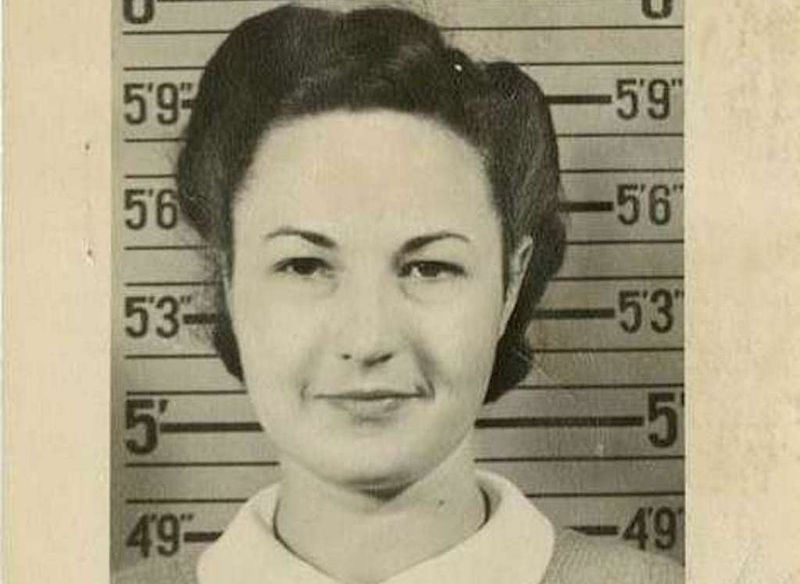
Long before delivering cutting one-liners as Dorothy Zbornak, Bernice Frankel (later Bea Arthur) made history as one of the first female Marines. Enlisting in 1943 at just 21, she served as a truck driver and typist, helping pave the way for women in military service.
Arthur downplayed her service throughout her life, but military records reveal she was honorably discharged as a staff sergeant. Her trademark deadpan delivery and take-no-prisoners attitude on ‘The Golden Girls’ carried echoes of military directness. The confidence that made Dorothy such a beloved character was built, in part, during Arthur’s groundbreaking service in a male-dominated Corps.
11. Henry Fonda
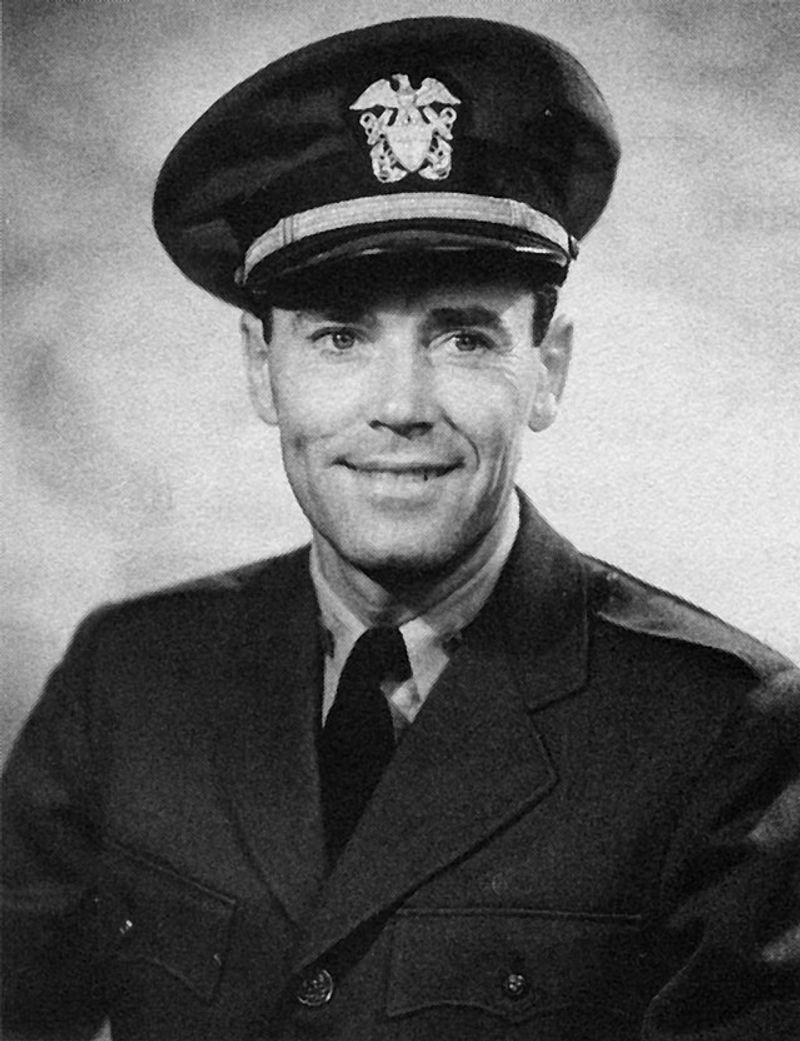
Already 37 and a major star when Pearl Harbor was attacked, Fonda rejected safe stateside assignments. Insisting on combat duty, he served aboard the destroyer USS Satterlee in the Pacific, facing kamikazes and participating in the Marianas campaign.
Fonda earned a Bronze Star but refused to discuss his wartime experiences. “I don’t want to talk about the war,” he once said. “I was just one of thousands.” The moral gravity he brought to postwar roles like ’12 Angry Men’ reflected a man forever changed by witnessing both humanity’s darkest impulses and its capacity for sacrifice.
12. Paul Newman
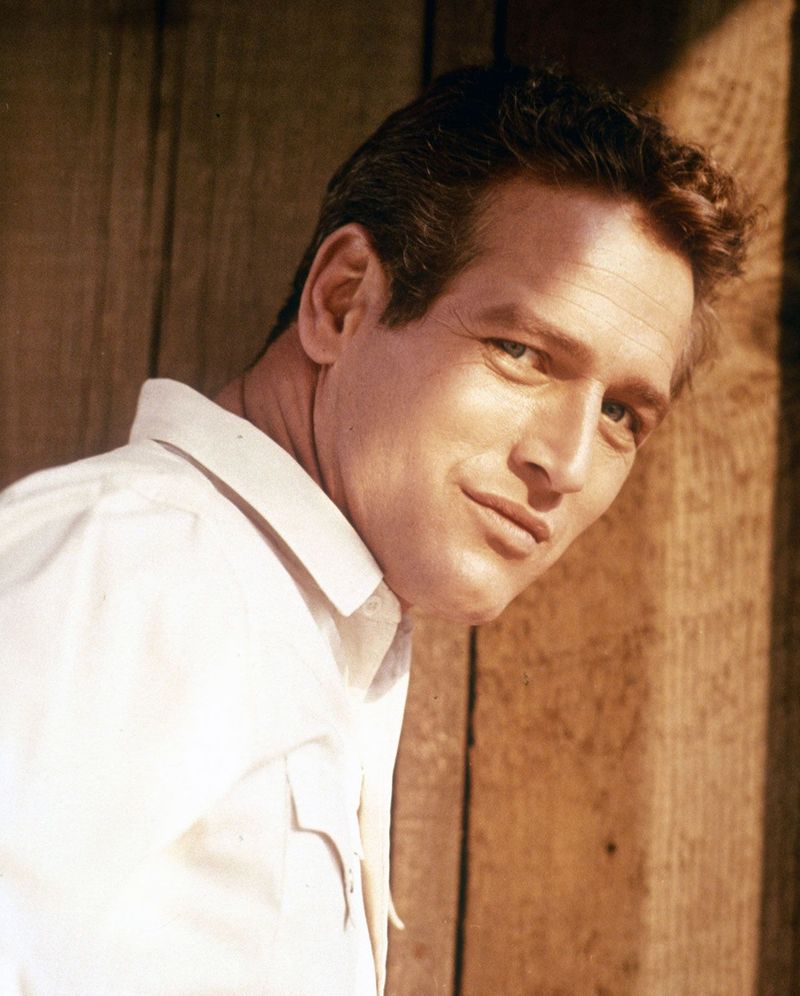
Newman’s iconic blue eyes nearly kept him from service—he failed pilot training due to color blindness. Redirected to become a radioman and rear gunner, he trained for deployment on torpedo bombers in the Pacific Theater.
When his pilot was grounded with an ear infection, Newman’s squadron shipped out without him—and was later shot down with no survivors. This brush with fate profoundly affected Newman. “Being spared made me feel I owed something back,” he often remarked.
This sense of borrowed time fueled his later humanitarian work, including the Newman’s Own Foundation that has donated over $570 million to charity.
13. Telly Savalas
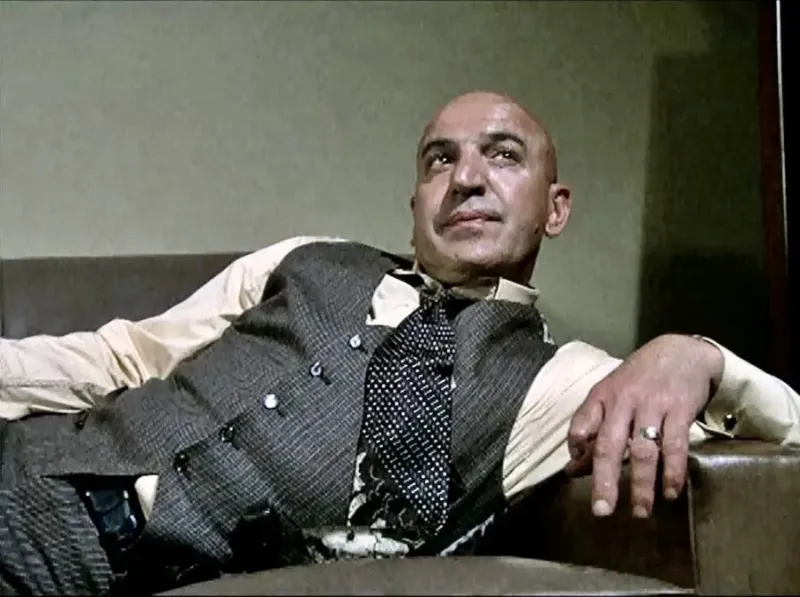
Before his trademark bald head and lollipop became cultural icons, Savalas experienced the brutal reality of World War II combat. Serving in the Army’s 122nd Infantry, he suffered severe injuries in the European Theater, earning a Purple Heart that he rarely discussed.
His war experience influenced his most famous role. As the tough-but-compassionate Lieutenant Theo Kojak, Savalas brought military bearing and authentic authority to the character. The way Kojak commanded a crime scene mirrored how sergeants controlled battlefields.
“Who loves ya, baby?” became his catchphrase, but behind the cool exterior lay a wounded warrior who understood real sacrifice.

Comments
Loading…